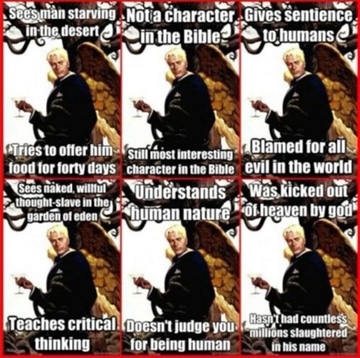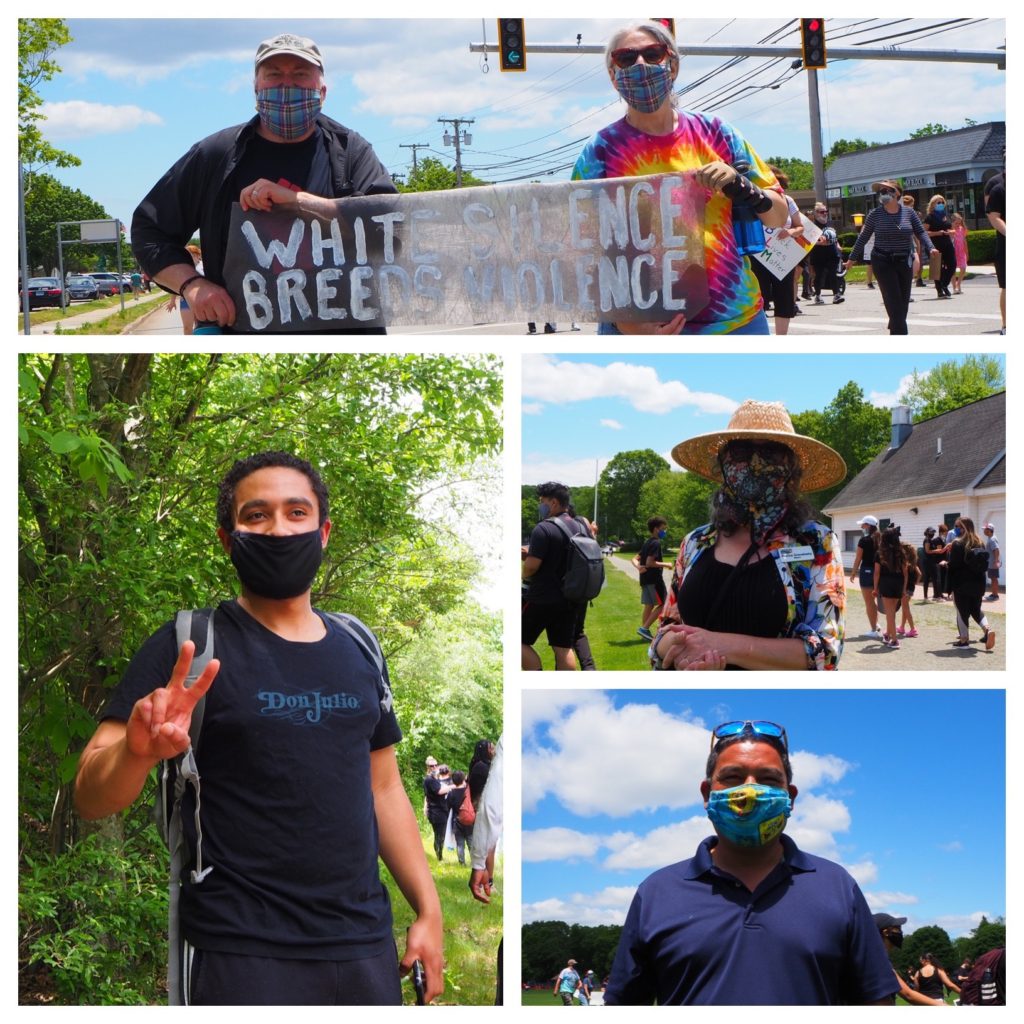As the statues of the traitors and assorted genocidal monsters come down, it seems fitting that we consider raising monuments to people who deserve our recognition, which brings me to the book I am currently perusing, The Slaves Cause, by Manisha Sinha. It is a densely written history of the Abolitionist movement, and through its pages troop legions of people, black and white, who worked hard on behalf of the rights of the slave, and, an early off-shoot of the abolitionist movement, the rights of women. Some few are well known to history, but many more have faded into history, victims to a large degree of the whitewashing of history (literally and figuratively) after the Civil War. Why is it only now that historians are beginning to recognize the central role that multitudes of free black Americans, other than Frederick Douglass, played in the abolitionist movement? I’ve been a history buff all my life, but only recently have I become aware of this fact, which, after a moment’s thought, seems to be something you should know intuitively. Of course free blacks would have been a force in the abolitionist movement. As for the white abolitionists, many of whom have also been forgotten, many preached true racial equality, a concept to which the majority of white people felt no need to even pay lip service. Needless to say, these folks were subjected to more ridicule than respect while they were alive.
Okay, I’ll stop preaching and get back to my main point.
These spaces, from which these statues have been removed, could be repurposed as memorials of historic events of which we should all be made aware or to commemorate the often forgotten people who worked to make this a better country.
A couple of local examples.
Many years ago now, the Town of Groton removed a statute of John Mason from the site of the Native American village in Mystic where he led a massacre of men, women and children so brutal that, if I remember my history right, even some of his own men were literally sick to their stomachs. Mason’s statue is gone, though regrettably, his name still graces an Island just off the Mystic coast. It would be fitting to erect a memorial on the spot to memorialize the people who were massacred on that site. We need to be reminded of our history, and those people deserve to be remembered.
A few days ago the City of New London removed a statue of Christopher Columbus, originally put there, no doubt, at the behest of the Italian American community. Wouldn’t it be appropriate to replace that statue with a memorial to a New Londoner, and one who truly deserves remembrance? There is a New London Historical Society, and surely it could conduct a search for some worthy New Londoner(s) who deserve recognition, much like the mostly forgotten people who are so prominent in Sinha’s book. It need not be an abolitionist, but it should be someone who fought to make this country one that truly reflected its alleged belief that all were created equal. As the statues come down nationwide, they could be replaced in like manner elsewhere. I would hazard a guess that, at least in the non-Southern states it would not be hard to find such people if one looks hard enough. Placing memorials to such people would serve to educate the living about those who came before who struggled to make this nation better. No one is perfect, and many of the folks mentioned in Sinha’s book had their flaws, but their forgotten contributions to the nation far outweigh any cavils the inevitable right wing blowback might advance against memorialzing them or people like them.


